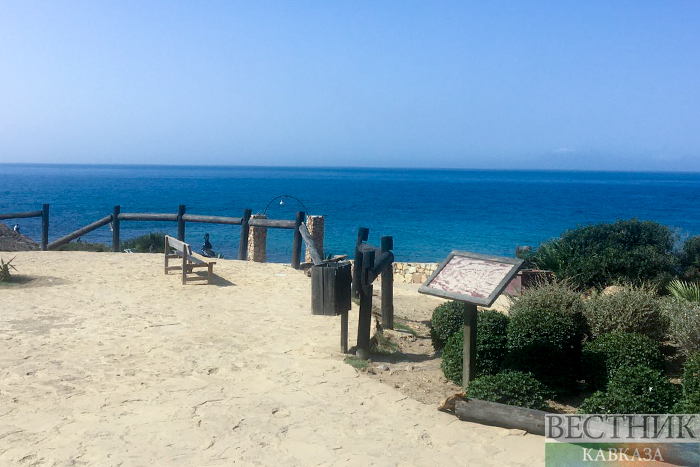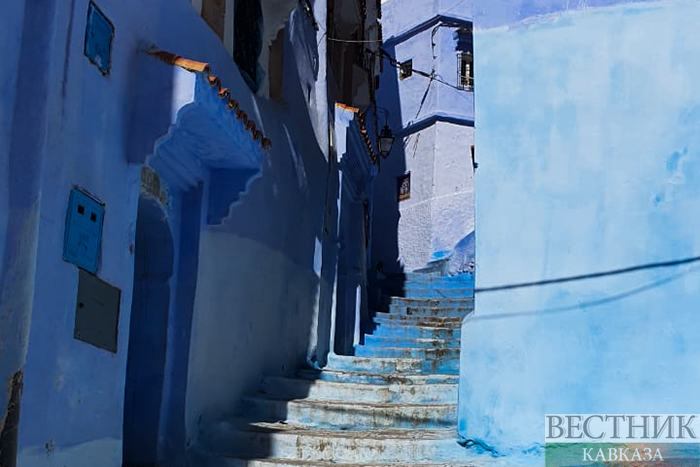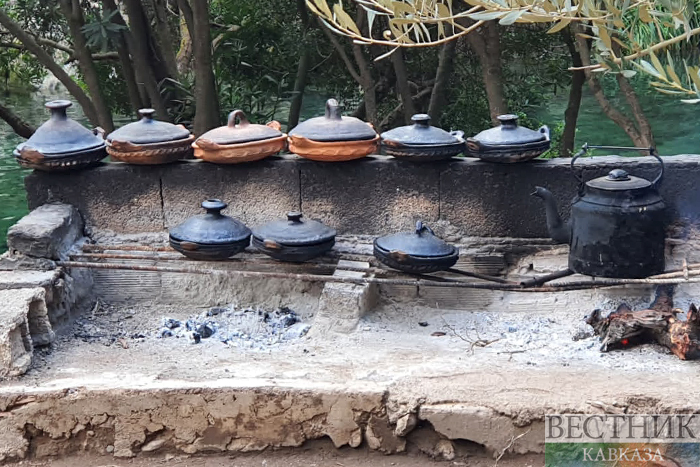Morocco is one of the most fascinating countries on the African continent, and there are countless reasons why everyone should include it on their bucket list. With historical monuments, amazing architecture, and spectacular natural scenery, Morocco has a vibrant culture and can be visited all year long. Most people consider visiting Morocco during summer, but winter can be the perfect time to discover the country with less tourists.
While many people would not think about visiting Morocco during winter, it might be the perfect time to see another side of the country without being surrounded by thousands of tourists at the most popular attractions or struggling with high temperatures. Indeed, some regions are better to visit during the winter, especially for snow and winter sports fans or travelers set to visit the Sahara desert without dealing with the unbearable Moroccan Summer heat, The Travel notes.
Why it is better to go to Morocco in February
Known for the sandy scenery of the Sahara desert and its scenic beaches, Morocco doesn't strike many travelers as a winter destination; however, there is a lot more to see and enjoy in Morocco in February, and even some aspects of this destination that are better in winter. To continue helping travelers, this article has been refreshed with up-to-date information, links, and tips. February is still winter in Morocco, and though the temperatures are not so low compared to other countries, they are considerably milder than the Moroccan Summer and Spring. That being said, it is essential to be prepared for the temperature changes when the sun goes down, as they can drop 10 degrees or more depending on which area of country travelers are in.
Check the weather by region
In February, temperatures average between 10ºC and 20ºC, often dropping below 10ºC degrees at night. The winter in Morocco is a rainy season. February is less rainy than January, but travelers are still likely to encounter a few stormy days. Before planning a trip to Morocco in February, it is recommended to check the weather and temperatures in each region. It can be colder in the North or by the coast, but the weather is warmer in cities such as Marrakesh; in the mountains or out in the desert, it can get considerably colder.

To hide away from people
When researching Morocco, people will often find out several guides saying the best time to visit is during spring (March to May) and autumn (September to October), which means those are the months with the highest number of tourists. Most of the attractions are open during the whole year, but as February is an off-season month in Morocco, it's a great option for travelers who want to enjoy the country but don't want to compete with thousands of tourists when visiting a place or attraction.
Another advantage of a February trip is that it's the most budget-friendly month to travel to Morocco. Hotels and flights tend to be cheaper, and the chances are high that tourists can find better deals on great hotels, as the demand is often lower.
What to do In Morocco in February:
- Visit the desert. Morocco is well known for being one of the best countries from which to visit the Sahara desert. February might be the perfect moment for those who want to visit the desert, thanks to the sunny and dry but still considerably mild weather. While the temperature is often too high during summer, the last weeks of winter make the activities during the day more comfortable, and the heat easier to bear during activities like trekking, going on a camel ride, or on an ATV tour. During the low season, it is also possible to negotiate a better price for the tour.
- Winter sports in the Atlas Mountains. Many people might be surprised to find out that Morocco has snow at all, let alone that it is an excellent destination for winter sports. The Atlas Mountains, a mountain chain that stretches through Morocco, Algeria, and Tunisia, are slowly becoming famous among adventure lovers. The highest peak is Mount Toubkal in Morocco, with an altitude of 4,167 meters, attracting thrill-seekers who go to the region to hike during summer and ski during winter. Between January and March, the Atlas Mountains, despite bordering the Sahara desert, are covered in a thick blanket of snow, making it perfect for skiing and snowboarding. Some areas are considered dangerous, so taking avalanche training is mandatory when skiing at Toubkal and Ouanoukrim.
- Exotic cities. Marrakesh is one of the most popular cities in Morocco, which means it is often crowded with tourists. February in the off-season is the perfect moment to calmly explore the Marrakesh market, get lost in the sights and colors of the Marrakesh Medina, spend a whole day cruising the city, and appreciate its artwork. It is also possible to enjoy another side of Agadir, famous for its beaches. As many restaurants are still closed, the city is mostly empty, so it is possible to see the place with almost no tourists. Rabat is another fascinating city to visit during the winter, and it is the perfect time to visit the temples, the palace, and the mausoleum.

Festivals
People visiting Morocco in February can also discover some traditional festivals. In Tafraoute, a small Berber mountain town, tourists can join locals at the Almond Blossom Festival, which celebrates the almond harvest, happening on different days every year. The celebration involves music and traditional dances, and tourists can also purchase many almond products.
It is also the chance to discover the Tafraoute region, which has a unique geography with gorgeous hills. Visit the surreal Blue Rocks, or take the opportunity to learn more about the Berber culture - a Berber cooking class is the most delicious way to do it. There are not many hotels in the region, but it is possible to find agencies that organize the tour and buses connected directly to Tiznit, Agadir, and Casablanca.

What to wear In Morocco in February
When preparing a suitcase for Morocco in February, it is essential to remember that temperatures fluctuate a lot, so it is important to pack clothes made of lightweight material and warmer clothes. Temperatures tend to be higher during the day when people will often wear shorts and t-shirts, but they drop significantly at night, and it is crucial to be prepared for that. Travelers should make sure to pack a varied wardrobe, with pieces that can be layered - and therefore taken on and off throughout the day. Accessories like scarves and hats are a great way to achieve this, and it's a good idea to pack warmer pajamas as well. In bigger cities, tourists will discover lively nightlife, and people will dress like in most western cities. Yet, it is essential to remember to dress with modesty in most cities, as Morocco is a moderated Muslim country.
Is Morocco a safe country to visit?
One of the most frequently asked questions many people have about visiting Morocco is whether it is a safe country to visit. Morocco is one of the most touristic and visitor-friendly countries in North Africa - and even all of Africa. It is one of the world's top tourist destinations, and it draws people from far and wide. Additionally, there is also some risk from crime. One tip is to never hold one's phone close to the street or chat on the phone while walking along the street (especially with the phone facing the street).






